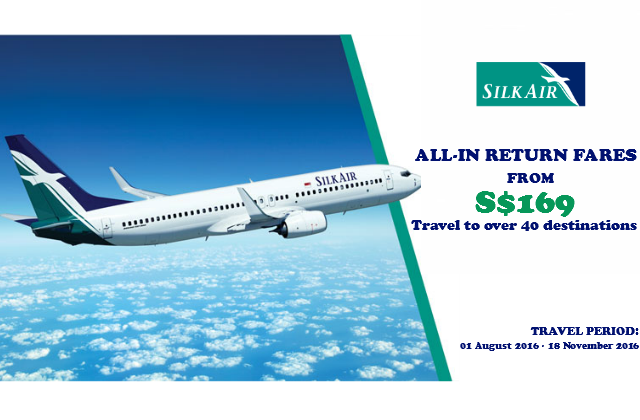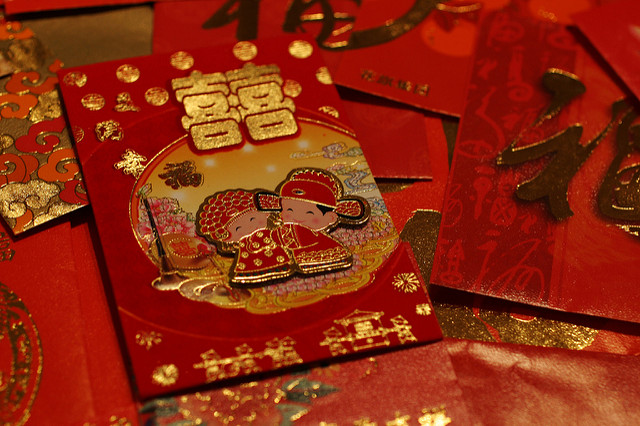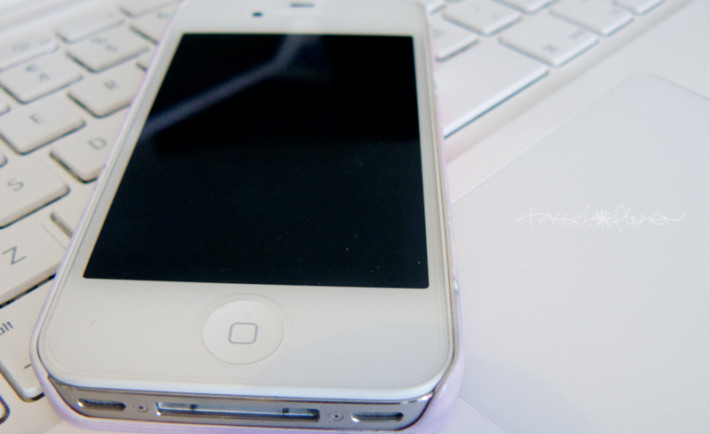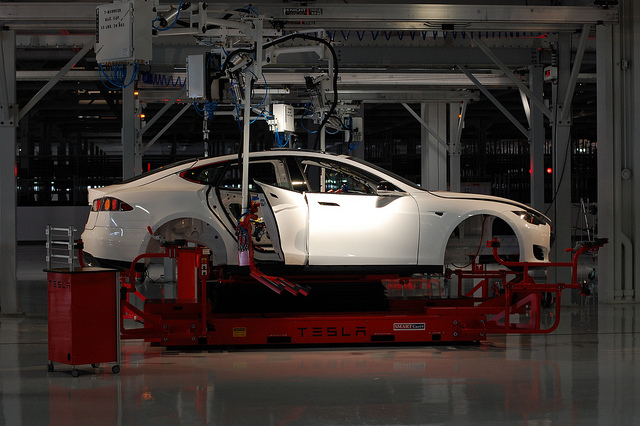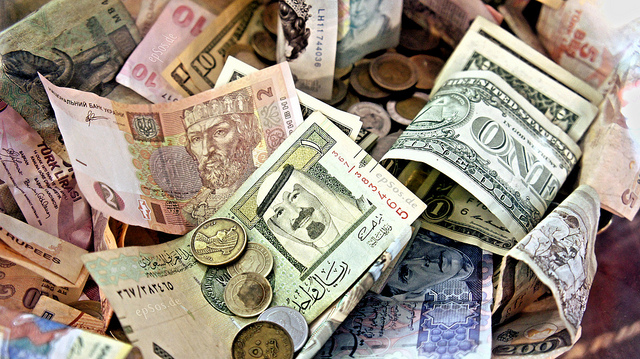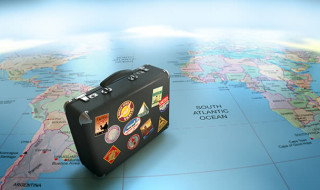Hmm, HMPV.
Heard of it but what is it really?
Well, it’s HMPV for short but the actual term is “human metapneumovirus.”
It’s a respiratory illness with symptoms similar to the common flu (including coughing, fever, nasal congestion, and shortness of breath).
But in serious cases, it can even lead to pneumonia or bronchitis.
According to the Centers for Disease Control and Prevention (CDC), HMPV can happen to people of all ages, but this is more so among young children, older adults, and those with weakened immune systems.
The time between getting infected and showing symptoms can range from 3 to 6 days.
The virus is most active during late winter and spring in temperate climates and spreads through close contact with an infected person, droplets from sneezing and coughing, or by touching objects or surfaces that have the virus on them.
Pretty much like COVID-19 or the common flu.
What’s the situation like in China?
Planning to head over to China for a trip but wondering what’s happening there?
What we know from reports is that China is experiencing a rise in cases of HMPV, especially among children aged 14 and under.
This annual winter spike is happening across northern provinces.
While not releasing exact numbers, China’s CDC reported an upward trend in overall respiratory diseases in the last weeks of 2024 and the Chinese CDC is now testing a monitoring system that includes setting up procedures for labs and disease control agencies to verify and manage those cases.
Meanwhile, photos and videos circulating online show huge crowds and long lines at hospitals, clinics, and medical centers across major cities like Tianjin, Shanghai, and Beijing.
People are seen bundled up, wearing masks, and standing outside in the freezing cold, waiting for their turn to get treated.
Even kids’ hospitals in Beijing and Chongqing are packed.

Image Credits: AFP
People are also discussing case numbers and infection rates online, sharing their experiences with the HMPV that’s going around.
The Chinese CDC says the country is still in the season of high respiratory disease incidence while reminding people to take precautions like wearing masks, getting vaccinated, and practicing good hygiene.
Is it serious?
A Chinese foreign ministry spokesperson shared that the current diseases appear to be less severe and spread on a smaller scale compared to the previous year.
In other words, cases of HMPV are rising in China, but experts say this increase aligns with typical patterns worldwide.
Anyhow, the current spike coincides with China’s cold winter months, which are expected to last until March.
Overall, the experts advised against excessive concern for now, as there are no reports of major public health impacts from the increased HMPV detections in northern China.
However, the situation could take a turn if new data emerges.
If you’re traveling, keep up with good hygiene practices like thorough handwashing and masking up in crowded areas.
You know the drill from those pandemic days so stay safe, yeah?


